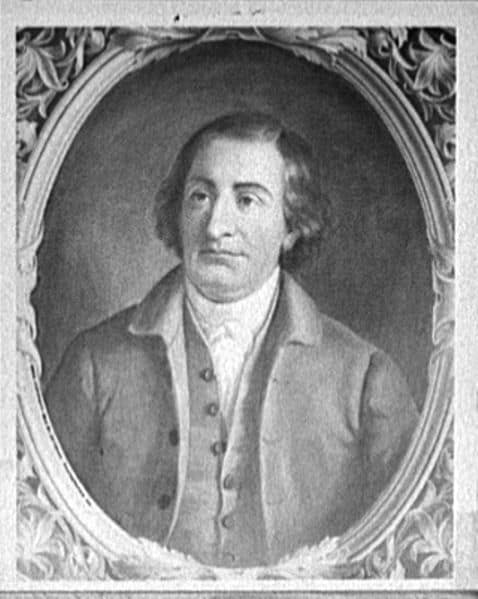Since the establishment of the United States Supreme Court on March 4, 1789, as the highest court in the federal judiciary of the fledgling nation, the institution has periodically served as the focal point in many of the most important moments of American history. Whether for better or for worse, the power wielded by the Justices of the Supreme Court is matched by only a handful of individuals across the branches of American government. Offering the final interpretation of the Constitution, as well as presiding as the last court of appeal, the members of the Supreme Court have literally, and at times controversially, changed the very face of the nation they are charged with overseeing.

ADVERTISEMENT - CONTINUE READING BELOW
Here are 20 of the most impactful historic judgments made by the United States Supreme Court that you should know about:

ADVERTISEMENT - CONTINUE READING BELOW
20. Chisholm v. Georgia resulted in the Eleventh Amendment being hastily passed to supersede the court’s legal opinion
In 1792, the estate of Robert Farquhar attempted, in South Carolina, to sue the State of Georgia. Farquhar, a trader, had supplied Georgia during the Revolutionary War but had never received payment for his goods and services. Reaching the Supreme Court, the United States Attorney General, Edmund Randolph, represented the Farquhar estate, whilst the State of Georgia, claiming it was a sovereign entity, refused to appear as it asserted that it enjoyed immunity and could not be sued without first granting permission. Ruling 4-1 in favor of Farquhar, the Supreme Court determined states did not possess sovereign immunity under the Constitution and provided federal courts the power to hear said disputes.
Provoking outcry within the United States, Justice Iredell issued a dissenting opinion strongly opposing his colleagues’ judgments. Surprised, and indeed frightened, by their sudden change in presumed legal status, several states began seeking a means of redress to protect themselves from lawsuits. Proposing a constitutional amendment in March 1794, in less than twelve months the Eleventh Amendment had been ratified by twelve states to become part of the United States Constitution, stipulating that a state can only be sued with their own consent or if, following passage of the Fourteenth Amendment, Congress employs its remedial powers.

